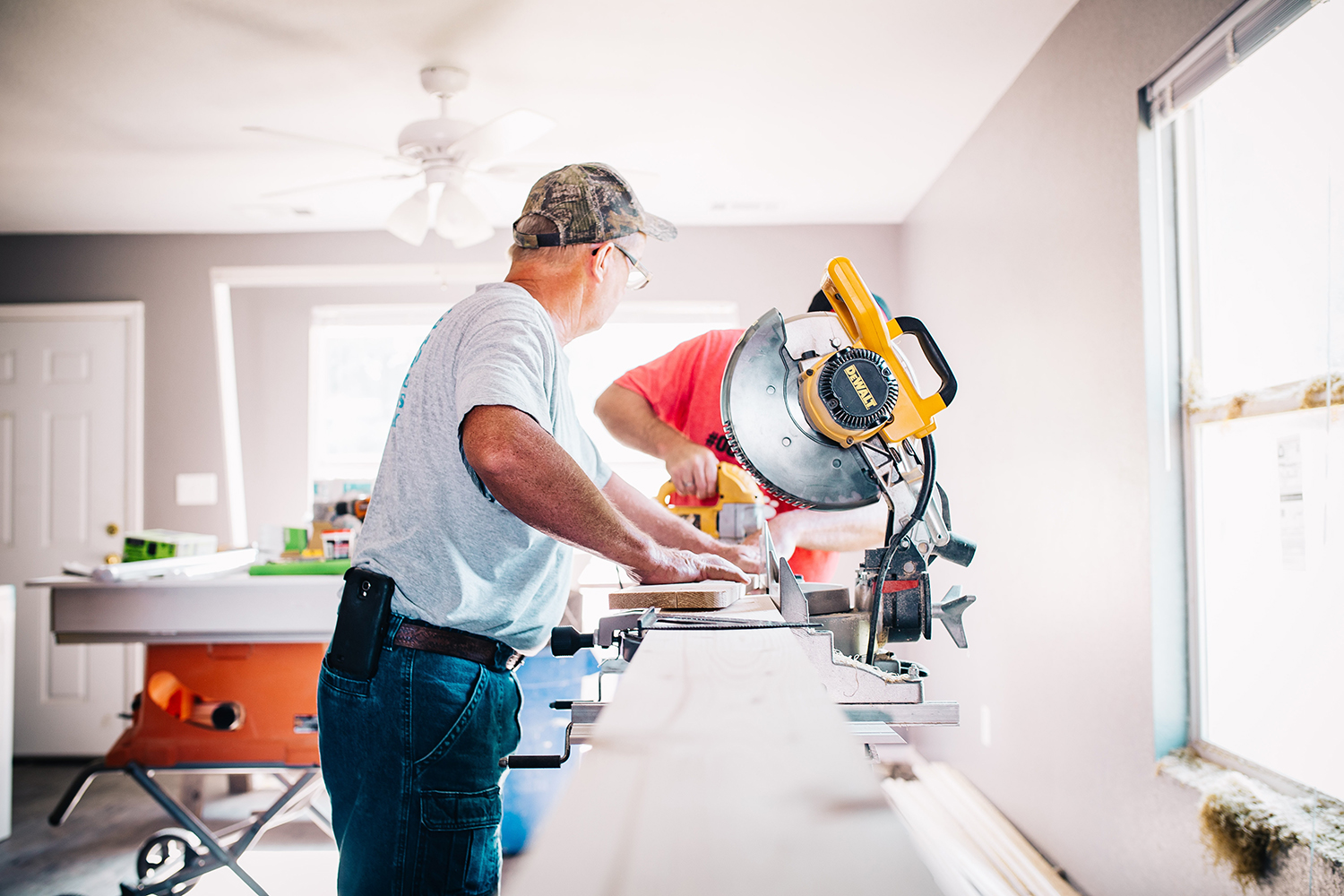There aren’t enough adjectives to describe the multilayered Paris apartment of antique dealer and designer Philippe Rapin and his partner in crime, former lifestyle editor Sylvie de Chirée. On the fifth floor of a Right Bank building built in 1910, this ever-curious duo have created a space somewhere between a design laboratory and a cabinet of curiosities. Nothing is off limits, and De Chirée describes their refuge as a “theater of objects.”
De Chirée has lived in the apartment for “a very long time,” she says. The large space—with five bedrooms and two baths—housed her family and now, with all of the children grown and out on their own, it has become home to the couple again. “A reflection of Philippe’s eclectic universe, a creative place, and an extension of his gallery,” De Chirée adds. The former fashion and lifestyle editor is quick to point out that the original decoration by Maison Jansen is from the 1950s and the delicately painted walls, also original to the flat, from circa 1910. The entire apartment serves as a backdrop to Rapin’s ever-growing collection of objects and furniture. They like to mix things up, bringing in new discoveries and setting the stage with older collections Rapin has had for years, like his eye-catching ceramics. Here, there are no rules, with everything from Fornasetti to a 17th-century Turkish chest, by way of lamps and other pieces from the 1940s.

The main salon was decorated in the 1950s by the decorating firm Maison Jansen. The large white and animal print safari sofa is by the Italian design studio Archizoom from 1968. The iron stools are by Italian designer Pier Luigi Colli circa 1950. The ceiling mobile is by British artist Marc Cavell. In the background is a dining room table by Italian architect Carlo di Carli, and the armchairs are by Christian Lacroix.
There were minor changes made such as changing the original dining room to what they now call the “Petite Salon.” One of the smaller bedrooms became the archives, another the library, and one the dressing room. Surprisingly, they didn’t do any major work aside from updating the systems, preferring instead to simply reassign rooms and make room for an ever-evolving cast of new pieces.
Rapin is probably most well known as an eclectic art dealer, but he is also a talent scout of sorts, always on the lookout for interesting and exuberant works of art. In his Paris gallery, he carries objects and furniture like Goossens and Gio Ponti. He also showcases the current production of Kam Tim, a firm he acquired and which continues to create eye-popping collections, each more extravagant than the next, using materials like turquoise and amber.
With its stunning view on the Eiffel Tower, the apartment plays host to lots of entertaining for friends, family, and clients. “This place is really the universe of Philippe,” De Chirée notes. “It is like a part of his gallery and we love to receive people here. We’re always moving things around and we even sometimes use rooms in different ways, like eating in the Little Salon for a change of scenery.” Safe to assume, this Parisian apartment is truly one of a kind and will likely be full of surprises every time one walks through the front door.
Inside a Paris Design Couple’s “Theater of Objects”

On the Right Bank of Paris, the fifth-floor apartment of antique dealer and designer Philippe Rapin and his partner, former lifestyle editor Sylvie de Chirée, offers stunning views of the nearby Eiffel Tower.


In the small salon, the Cloud Table is by Kam Tin and the decorative wall painting is original and from 1910. The sofa and armchairs are from 1930 by an Italian architect and designer of Danish origin, Guglielmo Ulrich. The palm trees are in bronze patinated brass and the little side tables are by French designer André Sornay from the 1940s. The Murano glass lamp is also from the 1940s, while the plaster light is from the 1960s. The low table is by Belgian designer Ado Chale.

Also in the small salon, the alabaster wall sconces were created for the apartment circa 1930. The console is in the Empire style and the painting is by Dutch baroque painter Jan van der Heyden (1637–1712). On the floor is a 17th-century Turkish box with mother-of-pearl and tortoiseshell decoration.


On the ceiling hangs a Spanish chandelier from the 18th century. The table is by Italian architect and designer Franco Albini for Poggi, circa 1950. The cupboard is from the 1930s covered with Fornasetti wallpaper, and on the wall is an artwork by British artist Marc Cavell. A 1930s chair is covered in velvet, and the sun mirror is from the Paris flea market.

All of the decoration is original to the apartment. On the walls of a bathroom are marble mosaics, and the stained-glass window is early 20th-century. The walls are lacquered paint and the chandelier is 19th-century, found at the flea market in the South of France, L’ Isle sur la Sorgue. The coatrack is in gilded iron, circa 1950, by Italian designer Pier Luigi Colli.

The main salon was decorated in the 1950s by the decorating firm Maison Jansen. The large white and animal print safari sofa is by the Italian design studio Archizoom from 1968. The iron stools are by Italian designer Pier Luigi Colli circa 1950. The ceiling mobile is by British artist Marc Cavell. In the background is a dining room table by Italian architect Carlo di Carli, and the armchairs are by Christian Lacroix.

Rapin’s collection of Ruelland French ceramics from the 1960s. On the wall hang six drawings by Jean Cocteau, also from the 1960s. The little tables in silvered wood are Austrian from the end of the 19th century and the vases are silver and hardstones by Kam Tin.
Originally Appeared on Architectural Digest







